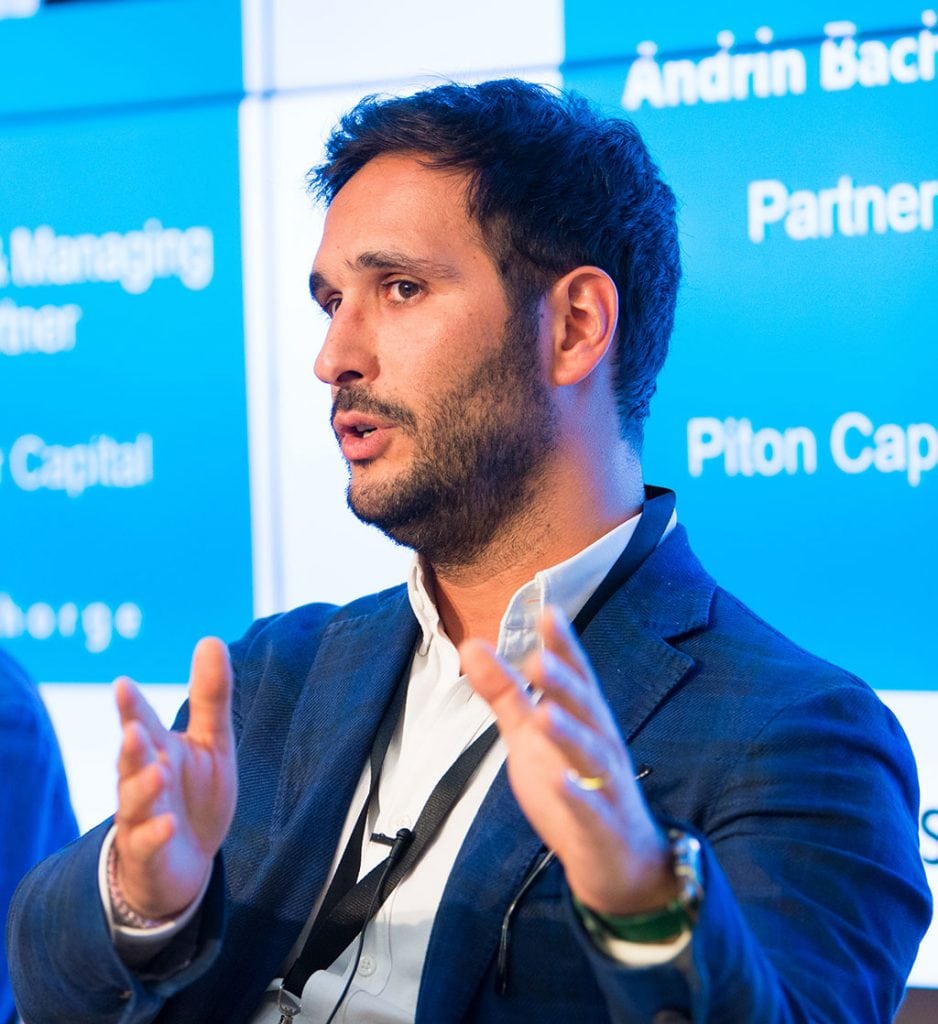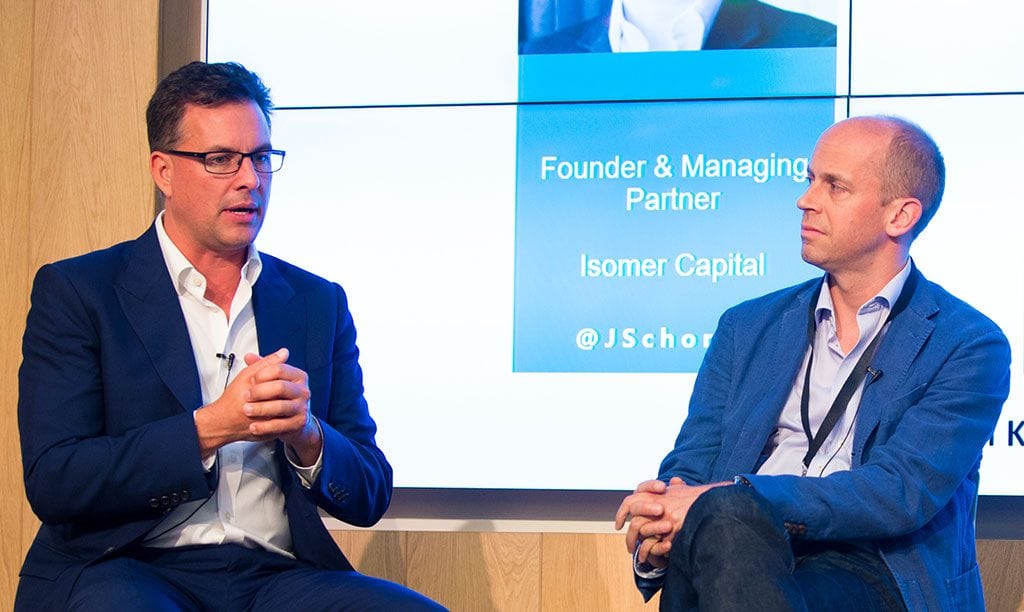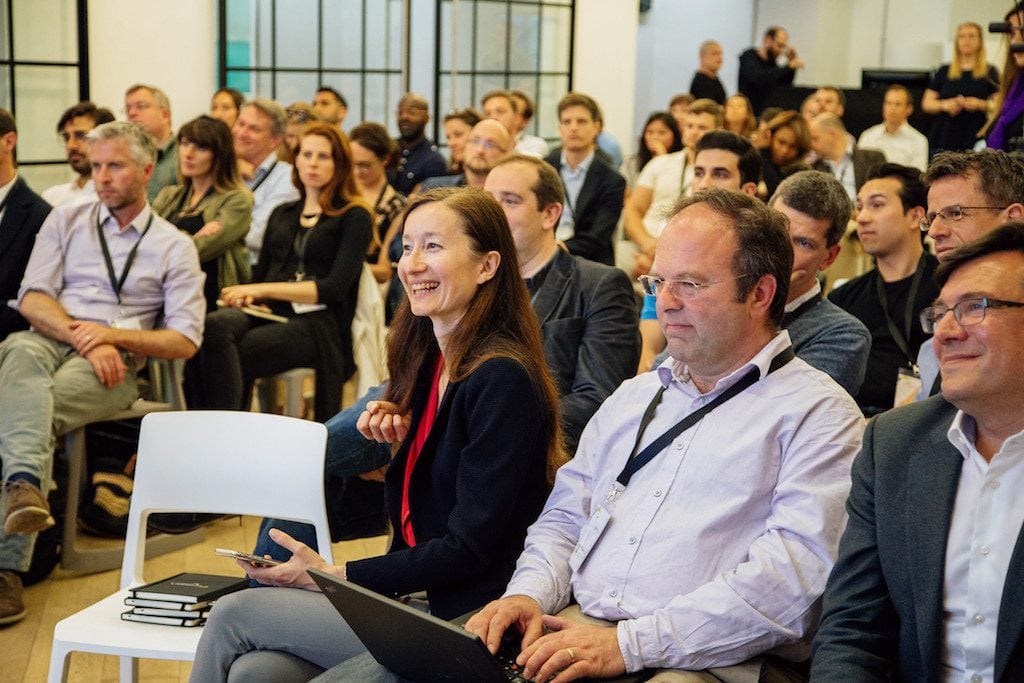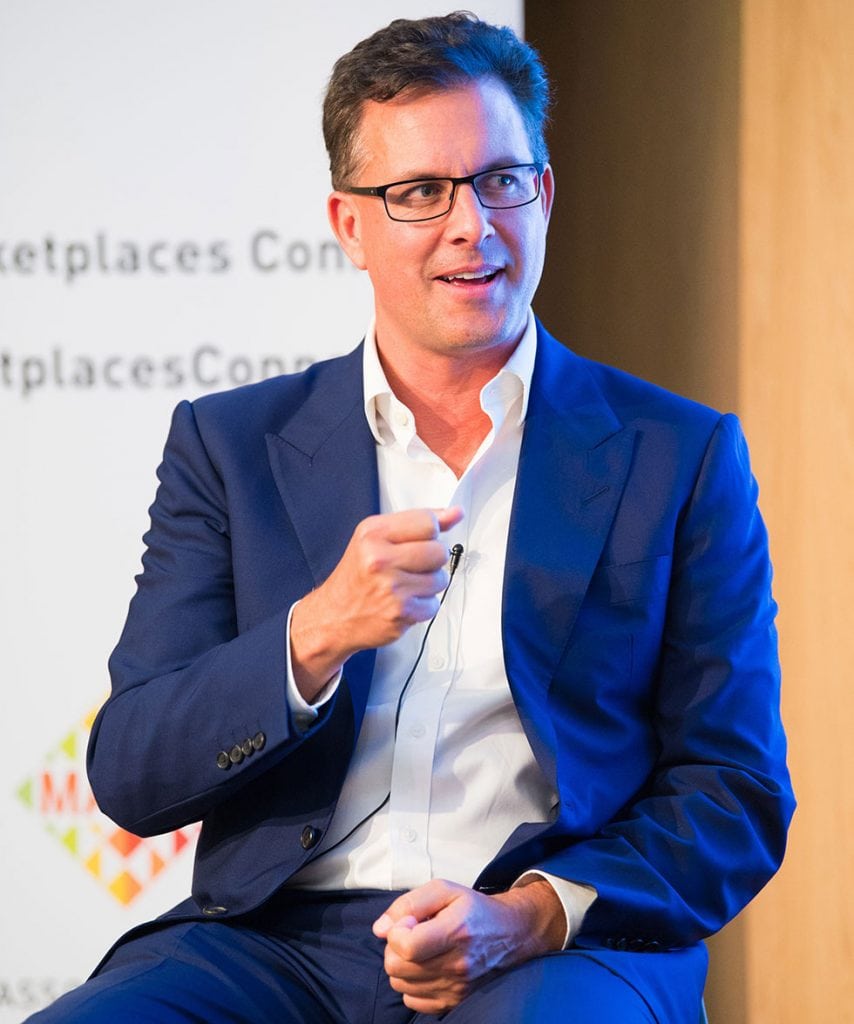Any entrepreneur will tell you that access to capital is critical to build, launch and grow a business. Capital can come from many sources: profitable and cash flow neutral customers, suppliers, friends & family, lending and last but not least, equity. But raising equity can be intimidating for many of us. So how to raise funds for your marketplace? What do investors look for when financing marketplace start-ups and scale-ups? These are some of the questions that leading marketplace investors tried to demystify at Marketplaces Connect 2018.
Joe Schorge, Founder and Managing Partner of Isomer Capital, chaired a panel on how to raise funds for your marketplace from the perspective of VC investors. Joining Joe as fellow masters of the art of financing platform businesses were Andrin Bachmann, Partner at Piton Capital, and Antoine Nussenbaum, Partner & Co-Founder of Felix Capital. All have a stellar track record in backing successful marketplaces such as Auto1 Group, ManoMano, Deliveroo and Fartech.
Joe:
How to raise funds for your marketplace? Is VC funding right for every business?
Andrin:
VC funding is not right for every marketplace. Very often companies raise too much money early on and not enough further down road. Operating under the VC spotlight can make it hard to experiment around product/market fit, which is so important early on. How to raise funds for your marketplace also depends on how you solve the “Chicken and Egg” problem. VC funding may possibly be the only option if you scale both sides of the platform at the same time. But there are other ways, such as setting out to dominate a niche first, and expand from there.
Joe:
Are there other types of financing – does crowdfunding play a role?
Antoine:
When we think about our portfolio, the trend is to see crowdfunding more of a marketing and lead generation tool to inform customers. I would still prioritise angel investor and smart money at an early stage. A crowdfunding campaign can be very time-consuming. To Andrin’s point, the key at the early stage to not burning up money is to truly focus on your marketplace. Just understand what’s happening on both sides, and not just on the demand side.
Joe:
It seems to me that crowdfunding could be useful if the representative crowd could also be part of your marketplace on one side or the other.
Joe:
What do you expect to see at the companies that inspire you to invest?
Andrin:
We sometimes see companies that we like the sound of, but maybe are not quite ready to invest in. So, we are often asked a very justifiable question: “When should we talk to you again? What metrics will you be looking at?”. The answer, which I know is unsatisfactory, is “We know it when we see it”. The truth is that marketplaces are so different. There are so many different ways to solve the chicken and egg issue and the metrics ultimately depend on both these dimensions. If I had to distil it down to one thing, it would probably be market share. If the company is pursuing a niche strategy, you still want to see some evidence that they’re clearly taking share of some market. It may be a very small market initially, but you need some reason to believe that they ultimately will end up taking a significant share. Because that’s what network effects are all about: building a competitive model. High market share companies are just better businesses.
Joe:
So if I pull out two points from that, I think one is that entrepreneurs convince you that there is a market – that there is a value there that can be disintermediated – and two, that they could take a big share of it.
Andrin:
We are sometimes happy to invest in businesses that initially pursue a niche market, as long as we think that this niche market is a wedge into something much bigger. Facebook initially going after the Harvard campus is one of the classic examples. As is Amazon pursuing books – they always made it very clear that this was a much bigger play than just books.

Antoine:
We need to believe that you can build supply and demand with attractive unit economics to acquire participants, and that you can create some frequent usage on both sides of the marketplace that is sustainable at scale. You may have been able to make something happen through hours of effort. The trick to early stage investing is to spot teams who also have the DNA to switch to a more tech and product driven approach. So that’s why it’s good to stay at the centre of things: “Are we creating a big opportunity, a movement?”. We talk a lot about viral and network effects and whether you can see that happening in the marketplace. We also approach service-driven marketplaces with different mindset, because the human side can be tricky to handle.
Joe:
What about real KPIs, is it numbers of buyers and sellers, or revenue? Does every transaction have to be profitable? Or is there room for buying market share?
Antoine:
You need to bring it back to frequency. If you take Deliveroo as an example, you might not be profitable on the first order, but the good thing is that consumers eat many times a week. In some businesses, the average order may be £20 with high frequency (Deliveroo), in others it may be £1,000 (Farfetch). Forecasting consumer behaviour is the tricky part when investing in a new concept.
Andrin:
You want to see positive unit economics – it makes growing cheaper. There are some businesses where it matters greatly and others where it’s probably unrealistic to expect it. Take a general Classifieds business. In the old days you could build it with very little capital because no one was doing it. But if you were trying to dominate this space 10 years ago without capital, it wasn’t going to happen. That’s because you weren’t monetising for the first few years until you had a dominant platform. So, the answer is “it depends”. What is incredibly important is an entrepreneur’s ability to put an estimate around the capital requirements needed and to craft the fund raising strategy around it. If you are going to have to raise millions of dollars or euros, you’d better be aware of that early on. And you need to be the kind of entrepreneur that actually enjoys fund raising. Not everybody does, right? And if you don’t, then it’s probably the wrong company for you.
Joe:
Is there any difference in the sizing of rounds as you fund marketplace businesses compared to other businesses – the amount of money they consume and the speed at which they consume it?
Antoine:
From my perspective, at the beginning, you don’t need that much money. But, equally you need to shift gears when you know you can build a network effect, and it’s usually quite costly. The latest rounds of funding at Deliveroo and Farfetch have grown exponentially. Initially though, Deliveroo raised £2.7m and stayed in Kensington for 3 years, and Farfetch’s first round was $4.5m. At some point when there’s a market to grab and you see the network effects shaping and you’re equipped to shape them – that’s where you get into the 100 million rounds of financing.
Andrin:
I absolutely agree that sequencing is incredibly important, and early on you often don’t need that much, or you shouldn’t need that much. But there comes a time when it becomes a pre-emptive weapon. If you raise a huge amount of capital, the next company along probably won’t be able to raise. So, we very often advise companies not to be very vocal about early rounds. But they should be ‘super vocal’ when they’ve raised 50-100 million, or whatever is right for their particular business, That’s when, as an investor, you’re just not going to back a competitor anymore. It’s because the belief is that these businesses have ‘winner takes all’ or ‘winner takes most’ characteristics.

Audience member:
How much are you interested to hear about “moon shot’ ambitions – how we’re going to change the way people work, or their entire lives – or is it about tangible assets in actual markets?
Andrin:
I want to hear both. You want to hear the ambition, you want to hear the passion. But equally importantly, you want to hear that it’s not just going to be a pipe dream and that there is a clear roadmap towards actually achieving that goal. And that typically, it isn’t achieved in one step. You want to see how dominating this particular market is going to help dominate the next one.
Antoine:
We keep a very close eye on what’s happening with millennial trends, especially when it comes to marketplaces, when you can see a new habit that will be big. Take sneakers: we started seeing people trade for shoes and a couple of years later, you have five or six platforms making millions a day of GMV (Gross Merchandise Value) just trading sneakers. Who would have thought so?
Joe:
I would draw another point which is, if you’re a founder raising VC money, it’s important to find the VC that shares your vision. So, if you arrive with the sneaker platform to Antoine, at the right moment, he is with you. A lot of other VCs wouldn’t have any interest. Founders sometimes think that VCs are like a cash machine. But actually, having this vision that you’ve thought about is important.

Audience member:
About how to raise funds for your marketplace: imagine you are approached by an early stage marketplace with small revenues. You like the idea and the people. How do you look at valuation on a business that has no real value in traditional metrics?
Andrin:
It’s an art rather than a science. You can try discounted cash flow analysis, but you end up with spurious accuracy. You have some comparables with other Series A rounds you’ve gone for, but it’s ultimately a negotiation. You’ve got to think about what this delivers for the investors in our fund. The venture capital model really only works if you have breakout successes. That basically means, returning funds on any individual investment. I think you try to convince yourself on early deals that you can do that – so you kind of work backwards.
Antoine:
The priority in those early stages is making sure you have enough stake in the game. Because you are usually emotionally on board with the company, you try to make sure that it makes sense from a portfolio’s perspective. Also, you try to make sure that the business will be well-funded to get to the next step. But we still have to justify to our investors that this was a rational decision.
Joe:
I come from the old-fashioned approach. You ask how much money the company needs to get to the next stage. Operationally, what you are going to do with this investment and therefore what level of performance can you deliver based on that? Once you agree, you then negotiate how much of the company you sell for that amount, which has an implied evaluation. What always annoys me is when the press reports that this round was done at that valuation. It’s always an implied valuation which results from doing something operational!
About Isomer Capital, Piton Capital and Felix Capital
As we have heard on this panel, there is not a set recipe for how to raise funds for your marketplace. But understanding how VCs think about marketplace and platform investing can help start-up entrepreneurs successfully raise. Isomer Capital, Piton Capital and Felix Capital are at the forefront of marketplace investing. Of the 230 companies in Isomer Capital’s portfolio, 41 describe themselves as marketplaces. Piton Capital invests in online businesses with network effects. Felix Capital is a venture firm for the creative class, at the intersection of technology and creativity, focused on opportunities in digital lifestyle.


One comment on “How to raise funds for your marketplace”
Comments are closed.